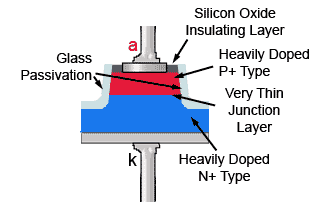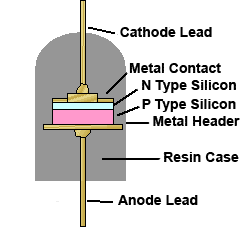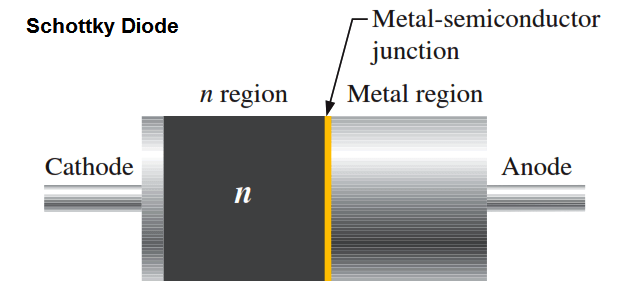Introduction to Diodes – What is it and How it works
If you’re familiar with capacitors and resistors, then you’ll know that a diode is basically the simplest semiconductor that is able to perform a variety of functions, thus they also come in different forms. Today, we will be addressing everything you need to know about diodes.
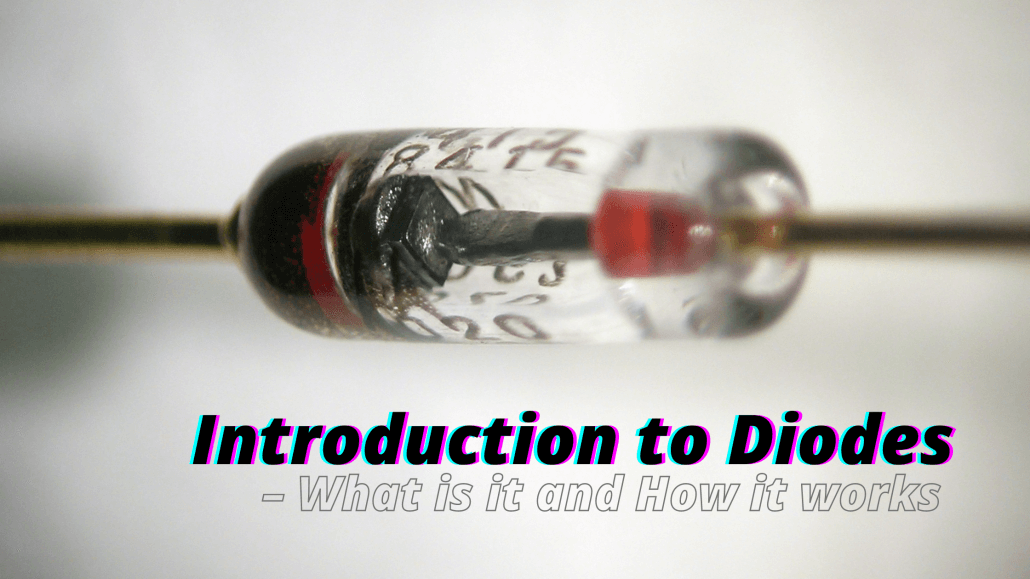
However, before we can jump right into our main topic of the day, let’s look at the basic concepts you should know that would help you better understand diodes:
- Voltage: Difference in electric potential between two points.
- Resistor: A passive two-terminal electrical component that implements electrical resistance as a circuit element.
- Capacitor: A passive component that stores electrical energy in an electric field.
- Transistor: A semiconductor device that’s built with three terminals for amplifying or switching electronic signals and electrical power purposes.
If you would like more information with regards to these concepts, do check out these blogs to find out:
- Introduction to electronic component: What is Capacitor?
- What is a Transistor? Types, Uses, Working Principle
- Introduction to Measuring Instrument: What is a Multimeter?
- What happens in an electric circuit: Voltage vs Current.
- Resistors: Pull-up and pull-down resistors.
- Electronics Circuit: Voltage Dividers
With that said, let’s look at what will be covered in this blog:
- Overview of Diodes
- Variants of Diodes
- Diode symbols and calculations
- Diode Applications
- Diode Projects
Overview of Diodes
What is a diode?
A diode is a two-terminal semiconductor device that allows current to flow through in one direction only. It basically has negligible resistance on one end and high resistance on another to prevent the current from flowing through both ways. Thus, a diode is like a valve in an electrical circuit.

Construction of a diode
There are actually many types of diodes, but we will be talking about the construction of a basic semiconductor diode here.

As we mentioned, a diode is a semiconductor thus it is made out of either silicon or geranium. From the image above, you can also see that diode has two terminals, Anode and Cathode, P junction and N junction. While the depletion region is for the electrons to flow through.
How does diode work?
How a diode work depends on the interaction between the P and N junction. In a normal scenario, P has a high concentration of holes and a low concentration of free electrons while N has a lower concentration of holes and a higher concentration of free electrons, the electrons will move towards P and allow the current to flow through P only.
The above explanation only applies to what would usually happen, now let’s look at some of the special scenarios:
Forward Biased Diode

This would occur when a positive terminal of a source is connected to the P junction and the negative terminal of the source is connected to the N junction of the diode while increasing the voltage slowly from zero.
There will be no current flowing through at the beginning due to the potential barrier. However, if the external voltage applied to the diode is larger than the forward potential barrier, the diode will act as a short-circuited path while the current will only then be limited by external resistors.
Reverse Biased Diode

This would occur when the voltage source is connected to the negative terminal of P junction and the voltage source is connected to the positive terminal of N junction.
As you can already tell, this has the opposite effect than of the forward-biased diode. Due to the electrostatic attraction, the holes in the P junction would be shifted further away from the depletion region leaving more uncovered negative ions at that area. When this occurs, the flow of current will then be blocked, allowing no current to flow through the circuit.
Unbiased Diode

When the P and N junction comes in contact with each other, the holes will start diffusing from the P junction to the N junction and vice versa. This is due to the difference in concentration of holes as mentioned earlier. Eventually, the electrons will be recombined in the depletion region, and there would be no more diffusion of charges.
Variants of diode
As we know, there are so many variants of diodes on the market. But today we will only be talking about the three common types to make it easier to understand.
Zener Diode
Zener diodes are special heavily-doped semiconductors diode that allow current to flow in the opposite direction when exposed to enough voltage, unlike the normal diodes. It is specially designed to breakdown voltage in a non-destructive way. Due to the heavily-doped semiconductor material, it allows the depletion region to be very thin to increase the intensity of the electric field.
Construction:
Rectifier Diode

Rectifier Diodes are two-lead semiconductor that alike to other diodes, only allows current to flow in one direction. They are made out of silicon and they’re able to convert alternating current (AC) to direct current (DC), which is the process called rectification.
Construction:
Popular Rectifier Diodes:
| Diode | Maximum Current | Maximum Reverse Current |
| 1N4001 | 1A | 50V |
| 1N4002 | 1A | 100V |
| 1N4007 | 1A | 1000V |
| 1N5401 | 3A | 100V |
| 1N5408 | 3A | 1000v |
Ref: Electronicsclub, With 1N4001 being the most suitable for low voltage uses.
Schottky Diode

Schottky Diodes are metal semiconductor diodes that are also known as Schottky Barrier Diodes (SBD). Though they look fairly similar to rectifier diodes, but SBC are usually bigger and they do not use a P-N semiconductor junction.
Construction:
Other variants of Diodes:
- Signal diodes
- Laser Diodes
- LEDs
- Photodiodes
- Testing diodes
Diode Symbols and Calculations
After knowing a bit more about the variants of diode and its background info, let’s look at the symbols and calculations.
Basic Schematics symbol
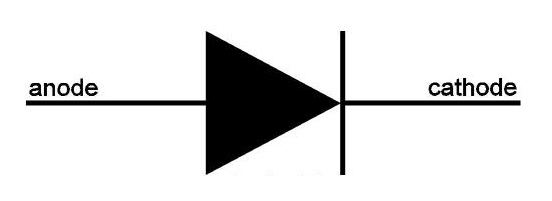
This is how a typical P-N junction diode schematic symbol would look like and represented in a schematic circuit, and here are the other diodes’ schematic symbols for reference:
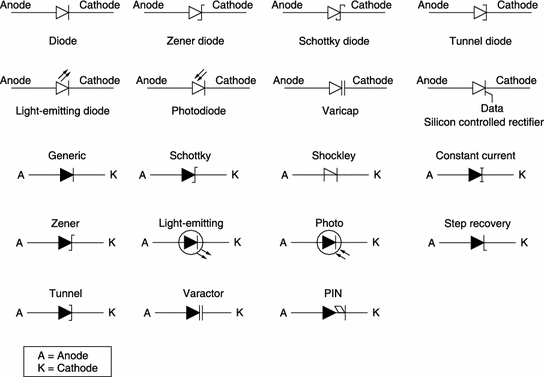
Diode Current Equation
Didoe current equation shows the relationship between current flowing through the diode as a function of voltage is applied across it.

Where,
- I = current flowing through the diode
- I0 = dark saturation current (refers to the leakage current density flowing through the diode in the absence of light)
- q = charge of the electron
- V = voltage applied through the diode
- η = exponential ideally factor (considered as 1 if its geranium diodes, 2 if silicon diodes)
- T = absolute temperature (in Kelvin)
- Boltzmann constant:

If it’s a forward biased condition, the diode current equation will be:

If it’s reversed baised condition, the diode current equation will be:

Diode Applications
Rectifier Circuits

As we mentioned under rectifier diodes, the most common usage of diodes is the rectification of AC to DC power, constructing rectifier circuits. They are used in Half wave and Full Wave rectifiers. In typical power conversion applications, a single or a combination of four diodes are used.
Reverse Current Protection
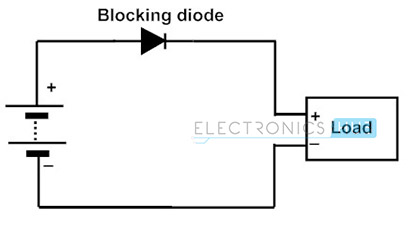
In case the user reversed the poalrity of the DC power or connected the battery wrongly, where a large amount current is surging through the circuit, a protective diode can be connected in series to prevent the reverse connection issue.
Diode Projects
After getting through all the theory part of diodes, We can now finally move on to some fun projects you can do with diode!
Make a Solar Panel Using Diodes!

Interested in building your very own solar panel? This project shows you how you could build one using a 1N4148 diode that conducts current when induced by light! Though this is just a prototype to experiemnt, you can proceed to refine it and use your solar panels for reals!
What you’ll need:
- Lots of silicon diode
- Breadboard
- Voltmeter
- Wires
- Flashlight or light to test
Go ahead and click here if green energy gets you excited!
Laser Wood Burning Pen
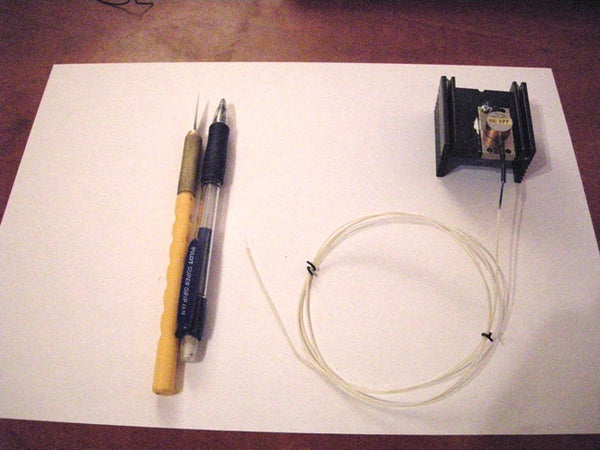
Are you up to experiment with something a little dangerous? You will be able to build your laser wood burning pen using only a high Power Laser diode and a mechanical pencil! Do remember to wear eye protection while experimenting!
What you’ll need:
- High Power Fiber Coupled Laser Diode
- Mechanical pencil.
- Heat sink and some thermic grease
- 2 AA or D batteries or “clean” power supply
- Laser eye protection (very important!)
Sounds like something you enjoy? Do check out this project here!
Summary
And that’s all on diodes! Did you learn something new about diodes now? We hope that with this knowledge, you’ll be able to experiment and utilise diodes in your future projects!
